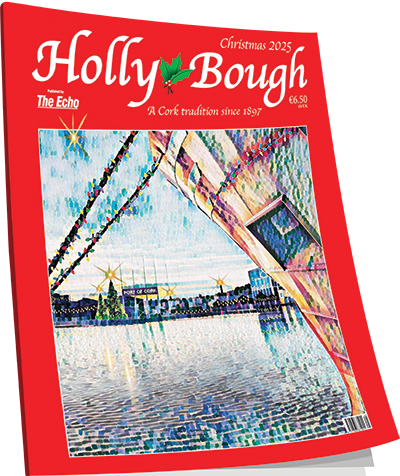Embracing the dark to beat light pollution
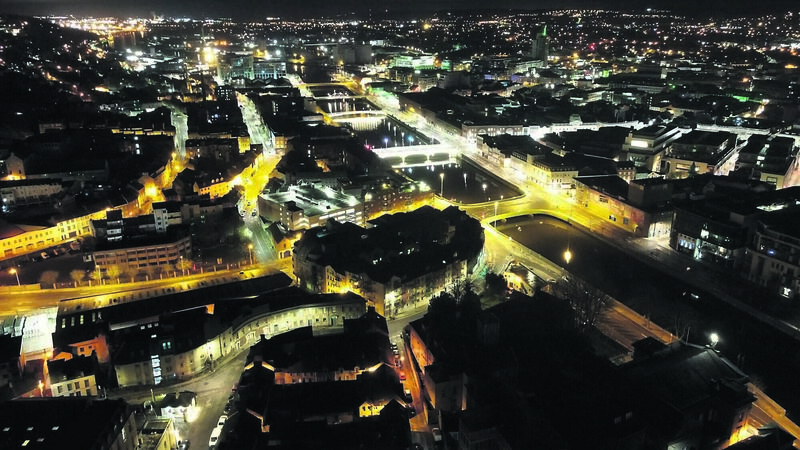
WHEN people think about pollution, they often imagine smoke billowing into the sky, or perhaps toxic chemicals leaking from pipes into waterways.


International Dark Sky Week takes place from April 5-12.
Five night-loving creatures found in Cork city
Pipistrelle Bats Cork city is home to six bat species, with five species living near The Lough alone, but pipistrelles are the smallest and most common species and both subspecies, common pipistrelles and soprano pipistrelles, are found citywide.
White Ermine moths These spectacular cream-to-white coloured moths with characteristic dark spots and fairytale white fur mantle can be seen on summer’s nights between May and July.
Their caterpillars feed on ‘weed’ plants common to Cork including nettles and docks.
Foxes Urban foxes are surprisingly common and can thrive on the food waste opportunities cities provide, but prefer suburban areas of Cork where there is plenty of garden space to built-up city streets.
Hedgehogs Hedgehogs are another nocturnal mammal that can be found in parks and gardens around Cork.
The only Irish mammal to hibernate, these insectivores build ‘day nests’ to snooze during daylight hours and are even fond of napping in garden sheds.
Poplar Hawk-moths Very large moths, with a wingspan of 7-10cm. Their caterpillars feed on common trees like poplar and willow, before burrowing into the ground to pupate. Adult moths are camouflaged with grey-brown bark-like colouring. They can be seen between May and August
Light pollution Facts (via Dark Sky Ireland)
Light travels in straight lines, so unshielded light escapes into the night sky, contributing to light trespass (unwanted light in people’s accommodation) and skyglow, the glow seen over cities and towns.
Lighting levels in Ireland increased by 60% between 1992 and 2010.
There are now more than 480,000 public lights in Ireland. Powering them costs €56 million per year.
Lighting domestic homes in Ireland costs €233 million per year and generates 71,000 tonnes of CO2.
30% of the 210 gigawatts of energy used for public lighting in Ireland each year is lost as light pollution.
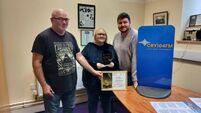
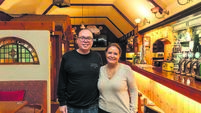
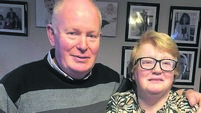
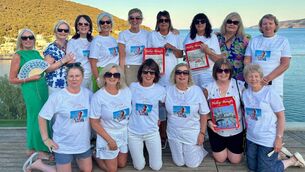


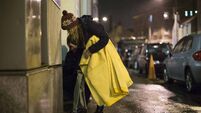
 App?
App?



